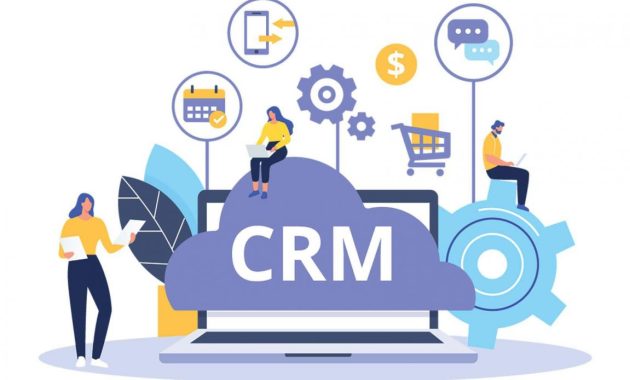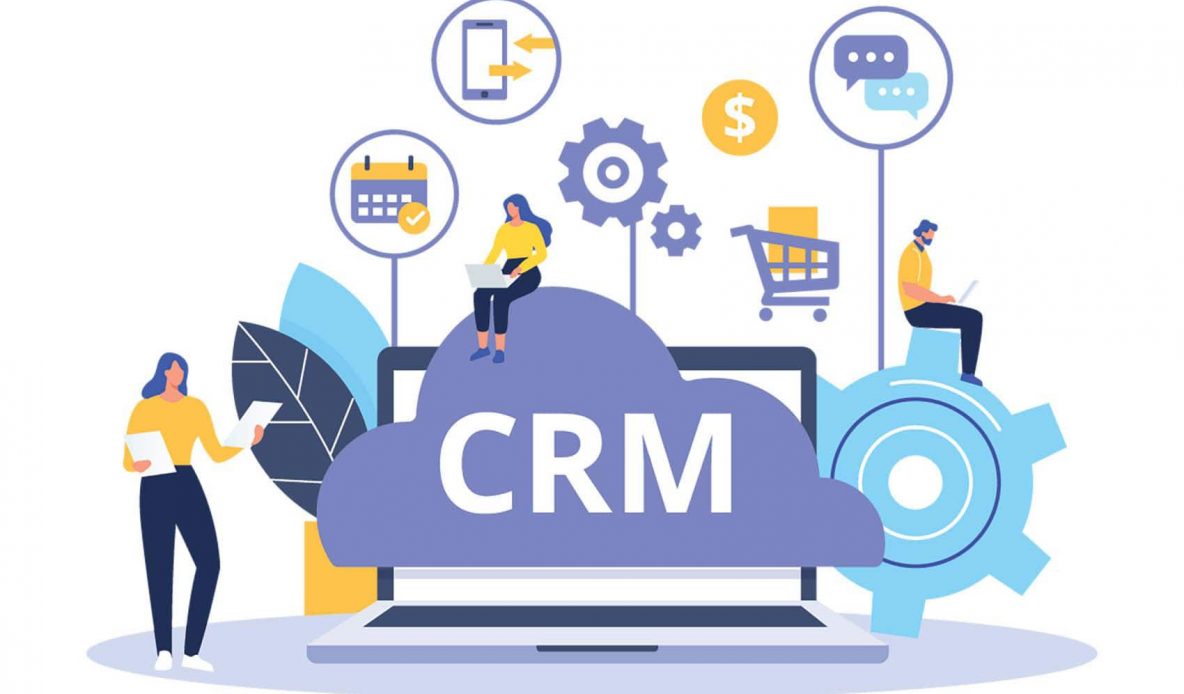
Boosting Sales: How to Create Engagement for Sales Teams Using CRM Software
In the fast-paced world of sales, success hinges on more than just a strong product or service. It requires a highly engaged sales team, one that is motivated, informed, and equipped to build lasting customer relationships. A Customer Relationship Management (CRM) software is not just a tool; it’s a strategic asset. It helps sales teams work more efficiently and effectively. This article explores the critical role of CRM software in fostering engagement within sales teams. We’ll delve into how to create engagement for sales teams using CRM software, transforming it from a data repository into a dynamic engine for sales success.
Understanding the Engagement Gap in Sales
Before diving into solutions, it’s crucial to identify the root causes of disengagement within sales teams. Sales professionals often face challenges that can lead to burnout and decreased motivation. These include repetitive tasks, lack of clear communication, and a feeling of being disconnected from the overall business strategy. Without clear objectives and proper tools, sales teams can struggle. This can hinder their ability to connect with customers effectively. The result is lower sales, reduced morale, and high turnover. CRM software directly addresses these pain points. It streamlines workflows and improves communication, fostering a more engaged and productive sales environment.
Leveraging CRM for Effective Communication
Effective communication is the cornerstone of a thriving sales team. CRM software offers various features that facilitate seamless information sharing and collaboration. This improves the way sales team members communicate. Consider these strategies:
- Centralized Data Hub: CRM acts as a single source of truth for all customer interactions. Sales team members access a unified view of customer data. This eliminates the need for scattered spreadsheets and emails. It ensures everyone has the latest information.
- Automated Notifications: CRM systems can send automated alerts for important events. These include new leads, upcoming meetings, and overdue tasks. This keeps the team informed and proactive.
- Integrated Messaging: Many CRM platforms offer built-in messaging and collaboration tools. This allows team members to communicate and share updates directly within the system. This reduces reliance on external communication channels.
- Reporting and Analytics: CRM provides real-time insights into team performance. This enables sales managers to identify areas for improvement and provide targeted feedback. This improves overall team performance.
Streamlining Workflows and Automating Tasks
One of the biggest drains on sales team engagement is the burden of repetitive tasks. CRM software offers powerful automation capabilities that free up valuable time. This allows sales reps to focus on higher-value activities, such as building relationships and closing deals. Here’s how CRM streamlines workflows:
- Automated Data Entry: CRM systems can automatically capture data from various sources, such as email and web forms. This eliminates the need for manual data entry. It reduces the risk of errors.
- Workflow Automation: CRM enables the creation of automated workflows for common sales processes. This includes lead nurturing, follow-up sequences, and proposal generation.
- Task Management: CRM helps sales reps manage their tasks and deadlines. It allows them to prioritize their activities. This improves their productivity.
- Integration with Other Tools: CRM can be integrated with other sales tools, such as email marketing platforms and dialers. This creates a seamless workflow. It reduces the need to switch between different applications.
Personalizing Sales Efforts with CRM Data
Customers today expect personalized experiences. CRM software allows sales teams to tailor their interactions based on individual customer data. This includes purchase history, preferences, and communication history. This builds stronger relationships. Consider these strategies:
- Segmenting Customers: CRM enables the segmentation of customers based on various criteria. This includes demographics, behavior, and purchase history. Sales reps can then tailor their messaging and offers to specific segments.
- Personalized Communication: CRM allows sales reps to personalize their emails, calls, and other communications. They can use customer data to address individual needs and interests.
- Targeted Offers: CRM helps sales teams identify opportunities to offer relevant products or services. This is based on customer data. This increases the likelihood of conversions.
- Improved Customer Service: CRM provides sales reps with a comprehensive view of customer interactions. This allows them to provide more responsive and helpful customer service.
Training and Onboarding for CRM Adoption
Successful CRM implementation goes beyond simply installing the software. It requires proper training and onboarding. This ensures that sales teams fully utilize the CRM’s features and benefits. Here’s how to foster successful CRM adoption:
- Comprehensive Training: Provide thorough training on all aspects of the CRM system. This includes data entry, workflow automation, and reporting.
- Ongoing Support: Offer ongoing support and resources. This helps sales team members address any questions or issues they encounter.
- User-Friendly Interface: Choose a CRM system with a user-friendly interface. This makes it easier for sales reps to navigate and use the software.
- Incentivize Usage: Encourage CRM usage by rewarding sales team members for their data entry and CRM usage.
Measuring and Analyzing CRM’s Impact
To truly understand the effectiveness of CRM in boosting sales team engagement, it’s essential to measure and analyze its impact. This involves tracking key performance indicators (KPIs) and using data to identify areas for improvement. Key metrics to monitor include:
- Sales Revenue: Track overall sales revenue before and after CRM implementation. This helps assess the impact on the bottom line.
- Sales Cycle Length: Measure the average length of the sales cycle. This can indicate whether CRM is improving efficiency.
- Conversion Rates: Monitor conversion rates at each stage of the sales funnel. This helps identify areas where the CRM can be optimized.
- Customer Satisfaction: Track customer satisfaction metrics. This includes surveys and feedback. This helps gauge the impact on customer relationships.
- Sales Team Productivity: Measure the number of calls, emails, and meetings completed by sales reps. This helps assess the impact on productivity.
Best Practices for CRM Implementation and Engagement
Implementing CRM effectively and maximizing sales team engagement requires a strategic approach. Here are some best practices:
- Define Clear Goals: Clearly define your CRM goals. This helps to align the sales team and ensure everyone is working towards the same objectives.
- Choose the Right CRM: Select a CRM system that meets the specific needs of your sales team. Consider factors such as features, integrations, and cost.
- Customize the CRM: Customize the CRM to fit your sales processes and workflows. This ensures that the software is easy to use and effective.
- Integrate with Other Tools: Integrate the CRM with other sales tools, such as email marketing platforms and social media channels. This creates a seamless workflow.
- Provide Ongoing Training and Support: Offer ongoing training and support to ensure that the sales team is using the CRM effectively.
- Foster a Culture of CRM Usage: Encourage a culture of CRM usage. This includes providing incentives and recognizing sales team members who use the CRM effectively.
- Regularly Review and Optimize: Regularly review and optimize your CRM implementation. This ensures that the software is meeting your needs.
The Future of CRM and Sales Team Engagement
CRM technology continues to evolve. It offers new opportunities to enhance sales team engagement and drive sales success. Key trends to watch include:
- Artificial Intelligence (AI): AI is being used to automate tasks, personalize customer interactions, and provide insights to sales reps. This improves the sales process.
- Mobile CRM: Mobile CRM allows sales reps to access customer data and manage their activities on the go. This enhances productivity and flexibility.
- Social CRM: Social CRM integrates social media data into the CRM system. This provides sales reps with a more comprehensive view of their customers.
- Predictive Analytics: Predictive analytics is being used to predict customer behavior and identify sales opportunities. This helps sales reps focus on the most promising leads.
By embracing these trends, sales teams can stay ahead of the curve and continue to leverage CRM software to create engagement for sales teams. This will drive sales success. CRM software is becoming an indispensable tool for modern sales organizations. It enables sales teams to work smarter, not harder. It fosters a more engaged and productive sales environment.
In conclusion, the effective use of CRM software is a game-changer for sales teams. It addresses key challenges, streamlines workflows, and fosters a culture of engagement. By following the strategies outlined in this article, sales leaders can harness the full potential of CRM. They can create a sales team that is motivated, informed, and equipped to achieve remarkable results. Implementing the right CRM strategy is key to improving sales.
The goal of how to create engagement for sales teams using CRM software is clear: increased sales, happy customers, and a thriving business. CRM software is the key to achieving these goals. The future of sales is here, and it’s powered by CRM. Make sure your sales team is ready to embrace it. The use of CRM improves the sales process.
[See also: Related Article Titles]

